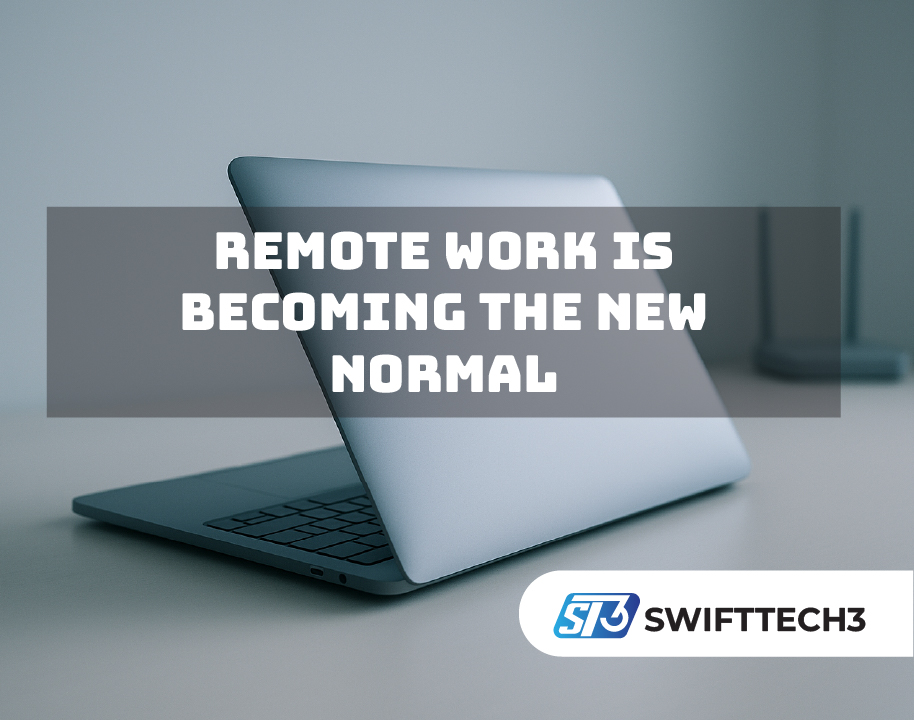Remote work has transformed how companies operate and how important technology and infrastructure can be to an organization. One of the most important strategies for remote work enhancement is productivity and security.
Remote work means companies must ensure their technology is comprehensive and reliable; managed IT support services offer services to achieve this successfully. The productivity and security of remote work environments are easily attainable by overcoming their challenges with the right strategies.
Technology forms the core of remote work setups
Remote work setups are technology-driven. They help employees communicate and coordinate work regardless of physical distance. IT infrastructure helps remote employees with varied department collaborations to work on the same documents simultaneously. Remote work environments can become frustrating and unproductive very quickly without properly functioning technology.
For efficiency to work, complete IT solutions to the challenges of working remotely must be deployed. These include the availability of the internet, secure access to company information, and tools for virtual meetings and the sharing of files. Companies that are mindful of these technologies will keep their employees engaged and productive.
In addition, for the workflow to run smoothly, there must be proactive and routine maintenance of IT systems. This means being able to foresee and deal with issues that may stop work before they occur to reduce interruptions and save time from work. Attending to IT systems issues increases efficiency, but more importantly, it increases the morale of the employees as it reduces their frustration.
Strategies for improving remote work efficiency
Cloud solutions are important tools to improve remote work systems. They give employees access to the tools and documents that they need from any location. This increases flexibility and allows for collaboration. For secure communication, collaborative tools must be integrated to allow teams to quickly share information and ideas while securing data.
A key strategy is routine system updates coupled with active surveillance. Updated software makes it easier to patch security holes and increases access to new and improved features. Identifying problems with workflows early on saves a lot of time and reduces the risk of a significant issue developing.
Another strategy is to educate employees effectively on technology best practices. Training people on the proper use of technology also involves teaching the basics of cybersecurity, such as identifying phishing scams and password strength. Modern companies are increasingly adopting immersive methods like virtual reality training to simulate real-world threats and ensure remote staff are fully prepared. Providing such training increases productivity and offers improvement in the company’s cyber defenses as well.
Maintaining data security in remote settings
Remote work presents new challenges to data security. Employees working from various locations with company resources considered sensitive data. Implementing data security challenges can be improved by enforcing strict data transport encryption.
Furthermore, the use of multi-factor authentication (MFA) is advisable. MFA limits system access to users providing two of three credentials as well. MFA effectively limits the risk of data breaches and unauthorized system access.
Another important practice for ensuring data integrity in a remote work environment is conducting security audits on a routine basis. Security audits give insight into vulnerabilities and possible improvements concerning your IT systems. This paves the way for the organization to be proactive concerning possible cyber threats.


